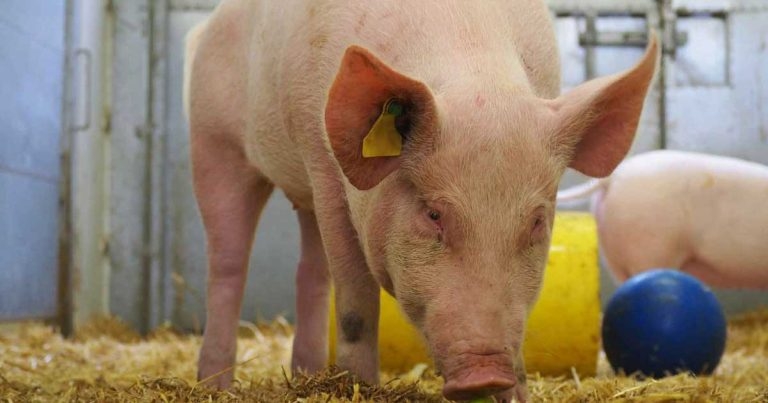23 Jul 2024
Work carried out by scientists at The Pirbright Institute and the Babraham Institute show changes in immune cells taking place after influenza infection of vaccination.

Image: The Pirbright Institute
Work carried out by researchers at two institutes has detailed how immune cells in the lungs of pigs change after influenza infection and vaccination.
The study has, for the first time, examined active genes in pig lung cells to allow researchers to make a “map” of how the immune system functions.
For protection against influenza in livestock or humans, it is important a vaccine induces the right combination of immune cells and antibodies.
Scientists at The Pirbright Institute and the Babraham Institute have revealed a detailed picture of the immune cells in the lung compared to those in the blood in a paper in PLOS Pathogens.
They showed that IL-1β – a strong immune activator that helps mice resist influenza virus infection – does not protect pigs against infection. Instead, the study found IL-1β reduced the number of regulatory T cells, which dampen immune responses.
The study also demonstrated increased levels in the IFI6 gene, which is important for protection the body and which persisted for 21 days after infection.
Because humans and pigs share similar anatomy and physiology, the work has provided a useful model for understanding the immune system for both species.
Elma Tchilian and Wilhelm Gerner, heads of the mucosal Immunology and T-cell biology groups at The Pirbright Institute, said: “Our study allowed us to collect gene expression data, which can act as an ‘atlas’ for future lung studies in pigs, an important animal model to study disease in humans and livestock. Moreover, it helps to explain why some vaccines fail despite inducing powerful immune response.”
Andrew Muir, a postdoctoral researcher in the Richard Lab at the Babraham Institute who performed the bioinformatic analysis said: “Our results show that vaccines, and the additional molecules that are added to them, can generate important differences in tissue resident cell biology.
“Learning more about the ways vaccine design influences tissue resident cells will serve as a foundation for being able to generate long-term protection against respiratory viruses in pigs and potentially humans.”